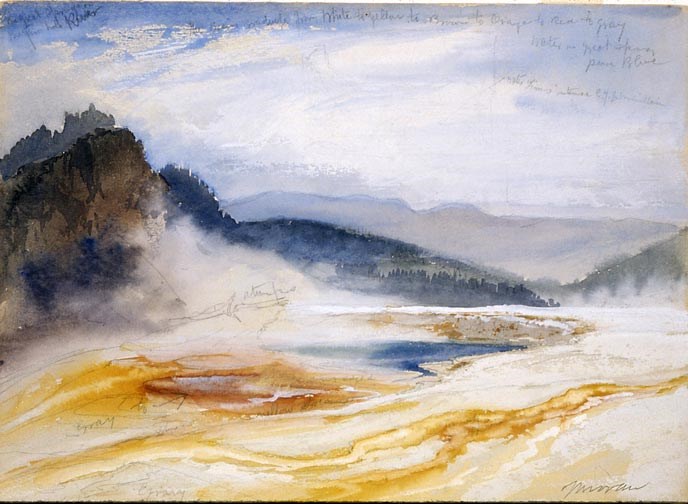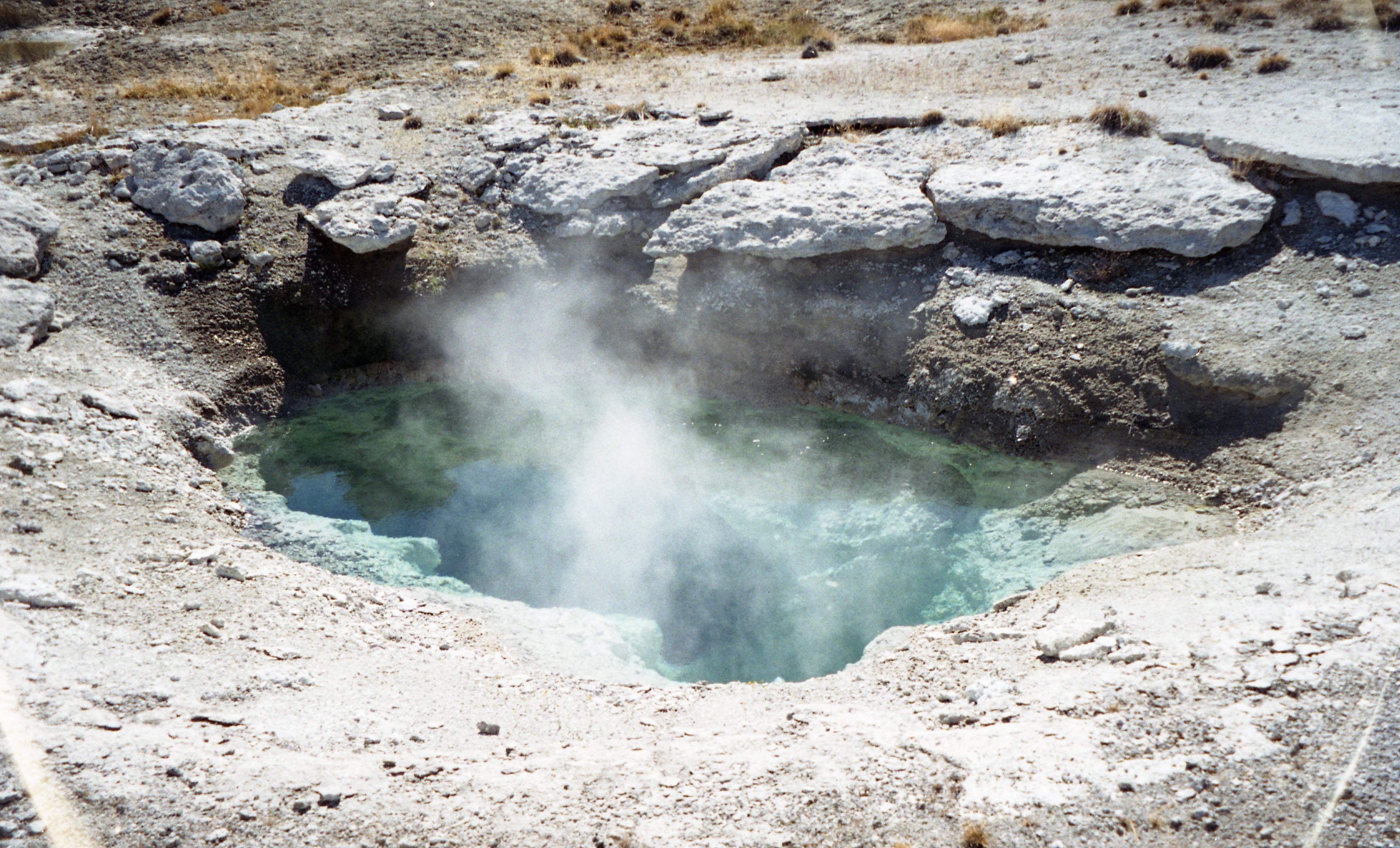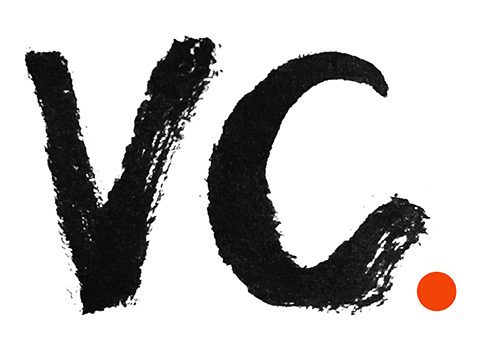The Image of Nature
Reflections on images of Yellowstone National Park
originally published on Unmaking Things, May 2017
Yellowstone National Park has long
been seen as a wondrous and magical place. The park is widely held to be the
first national park in the world, and constitutes over 2 million acres of land
across Wyoming, Montana and Idaho. In the early 19th century, a
select group of US Army volunteers, dubbed the Lewis and Clark Expedition, were
sent by President Thomas Jefferson to explore and map the mysterious West. Of
this group was John Colter, who broke away from the group in 1806 and passed
through a section of the park, the first recorded white explorer in the region.
Colter brought back stories of ‘hot spring brimstone’ in the wilderness, dubbed
‘Colter’s Hell’, and other reports of boiling bubbling mud, colourful towering
rocks, steaming rivers and petrified trees were dismissed as delirium and myth.
The forests, mountains were wild and alive in ways few could imagine. These
mysterious tales were restricted to fur-trapper tales around the campfire,
until formal expeditions in the region brought Yellowstone to mass attention.
Expeditions based on mapping and
science began again in the 1860s after the American Civil War. They wrote of “the
beautiful places we had found fashioned by the practiced hand of nature, that
man had not desecrated”, climbing and measuring the peaks, waterfalls, geysers
and canyons. The 1871 Hayden Expeditions brought the first fully formed
scientific team to Yellowstone, which included artist Henry Elliot, guest
artist Thomas Moran, and photographer William Henry Jackson. Moran is
particularly credited for electrifying the nation with images of Yellowstone,
and most importantly, convincing Congress to establish Yellowstone as a
national park through his details of this miraculous world. His diaries began
by recording the awesome sights, and the ways he and Jackson worked together to
create images of nature:
‘... of the route lay through a magnificent forest of pines & firs all growing straight as a ships mast, & growing but a few feet apart. passed over the debris of a great land slide. where the whole face of the Mountain had fallen down at some time, laying bare a great cliff some 500 feet high. The view of the lake, as we approached it, was very beautiful. It is a small pool formed by the widening of stream at this point, it is not more than half a mile in any direction.’
Moran’s Diary, p1
‘got up early enough in the morning to get our Breakfast, & commence photographing as soon as the sun rose. The outlet of the lake is through an immense gorge in the Mountains bordered with great cliffs & peaks of Limestone some of them isolated & forming splendid foreground Material for pictures. sketched but little but worked hard with the photographer selecting points to be taken & e.’
Moran’s Diary p 2
It can be difficult to remember, in
the context of modern London, that nature was perceived to be so active, all by
itself. When you become used to the idea of boiling hot water hurling into the
sky, or psychedelic colours pouring through streams, it is easy to forget that
all of this occurs whether we, human beings, intervene or not. Images made at
the hands of man simultaneously detach and connect us to these magical far off
lands. We think we know the ocean depths and the Amazon rainforest, through
super-technical nature documentaries, and high-definition photography, and yet
humans are rarely a part of it. We enter luscious, alien worlds from the safety
of our own homes. In the case of Yellowstone Park, droves of tourist buses ship
herds of people through ‘Yellowstone’, where a selfie with Old Faithful is
enough to constitute ‘knowing’ it. We consume nature, and yet, out there, it
lives and is as much the material world as it is the natural world.
Tim Ingold’s ‘Materials against materiality’ comes to mind when thinking about the national park, and the ways in which we represent and interact with it. He seeks to reclaim materials considering their histories as ever changing and processual, rather than the result of action upon them. ‘And as the environment unfolds, so the materials of which it is comprised do not exist – like the objects of the material world – but occur. Thus the properties of materials, regarded as constituents of an environment, cannot be identified as fixed, essential attributes of things, but are rather processual and relational. They are neither objectively determined nor subjectively imagined but practically experienced.’
Tim Ingold’s ‘Materials against materiality’ comes to mind when thinking about the national park, and the ways in which we represent and interact with it. He seeks to reclaim materials considering their histories as ever changing and processual, rather than the result of action upon them. ‘And as the environment unfolds, so the materials of which it is comprised do not exist – like the objects of the material world – but occur. Thus the properties of materials, regarded as constituents of an environment, cannot be identified as fixed, essential attributes of things, but are rather processual and relational. They are neither objectively determined nor subjectively imagined but practically experienced.’
Images of nature then, can be
difficult to contemplate. They make still the alive, and only visually
represents the world – crucial aspects of nature, the sulphuric smells, the
speed and noise of water, the textures of the bark and the dirt, are all
missing. But somehow, these images hold some kind of agency, stepping in for
the memory of such experiences with nature. Moran’s paintings became a focal
point for Congress, relied upon to express the magic of Yellowstone, in order
to protect it. This power cannot go unnoticed.
On my own visit to Yellowstone in the summer of 2016, the park did not fail to surprise, test, and even torment us. We drove by forest fires, alighting itself in the dry heat of the summer, and while the park had historically attempted to control it, their policy now is to let the park sustain itself in fire. We explored crumbling, charcoal forests, in awe of the way the forest sustains itself with these fires. Other occasions of nature was just as surreal. In the two weeks I was there, the sun seared at 30 degrees, followed by a week-long snow storm. Buffalo became swaying, dark masses in the white, and Old Faithful became lost in the grey sky. Overnight, the park was glorious greens and yellows to a sea of white.
On my own visit to Yellowstone in the summer of 2016, the park did not fail to surprise, test, and even torment us. We drove by forest fires, alighting itself in the dry heat of the summer, and while the park had historically attempted to control it, their policy now is to let the park sustain itself in fire. We explored crumbling, charcoal forests, in awe of the way the forest sustains itself with these fires. Other occasions of nature was just as surreal. In the two weeks I was there, the sun seared at 30 degrees, followed by a week-long snow storm. Buffalo became swaying, dark masses in the white, and Old Faithful became lost in the grey sky. Overnight, the park was glorious greens and yellows to a sea of white.
Alongside my photographs are a series of questions from Ingold – he asks, what is the material world?


‘Starting with landscape, does this include the sky? Where do we put the sun, the moon and the stars? We can reach for the stars, but cannot touch them; are they, then, material realities with which humans can make contact, or do they exist for us only in the mind? Is the moon part of the material world for terrestrial travellers, or only for cosmonauts who touch down on the lunar landscape? How about sunlight? Life depends on it. But if sunlight were a constituent of the material world, then we would have to admit not only that the diurnal landscape differs materially from the nocturnal one, but also that the shadow of a landscape feature, such as a rock or tree, is as much a part of the material world as the feature itself.
For creatures that live in the shade, it does indeed make a difference. What, then, of the air? When you breathe, or feel the wind on your face, are you engaging with the material world? When the fog descends, and everything around you looks dim and mysterious, has the material world changed, or are you just seeing the same world differently? Does rain belong to the material world, or only the puddles that it leaves in ditches and potholes? Does falling snow join the material world only once it settles on the ground? As engineers and builders know all too well, rain and frost can break up roads and buildings. How then can we claim that roads and buildings are part of the material world, if rain and frost are not? And where would we place fire and smoke, not to mention liquids of all kinds from ink to volcanic lava?’pp3-4


‘Far from being the inanimate stuff typically envisioned by modern thought, materials in this original sense are the active constituents of a world-in-formation. Wherever life is going on, they are relentlessly on the move – flowing, scraping, mixing and mutating. The existence of all living organisms is caught up in this ceaseless respiratory and metabolic interchange between their bodily substances and the fluxes of the medium. Without it they could not survive.’p11


‘Bringing things to life, then, is a matter not of adding to them a sprinkling of agency but of restoring them to the generative fluxes of the world of materials in which they came into being and continue to subsist. This view, that things are in life rather than that life is in things, is diametrically opposed to the conventional anthropological understanding of animism’p12
‘And as the environment unfolds, so the materials of which it is comprised do not exist – like the objects of the material world – but occur. Thus the properties of materials, regarded as constituents of an environment, cannot be identified as fixed, essential attributes of things, but are rather processual and relational. They are neither objectively determined nor subjectively imagined but practically experienced.’p14




‘Stoniness, then, is not in the stone’s ‘nature’, in its materiality. Nor is it merely in the mind of the observer or practitioner. Rather, it emerges through the stone’s involvement in its total surroundings – including you, the observer – and from the manifold ways in which it is engaged in the currents of the lifeworld. The properties of materials, in short, are not attributes but histories.’p15

